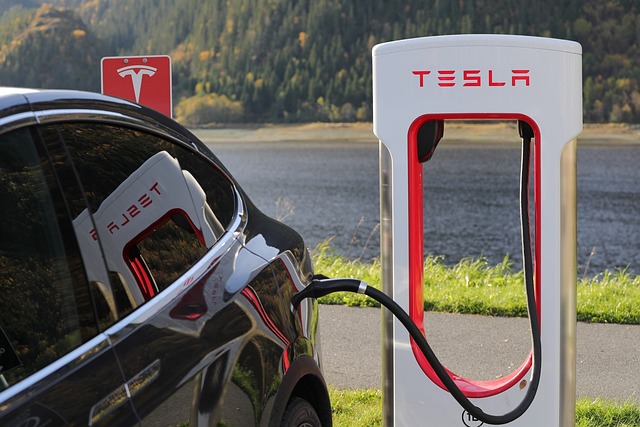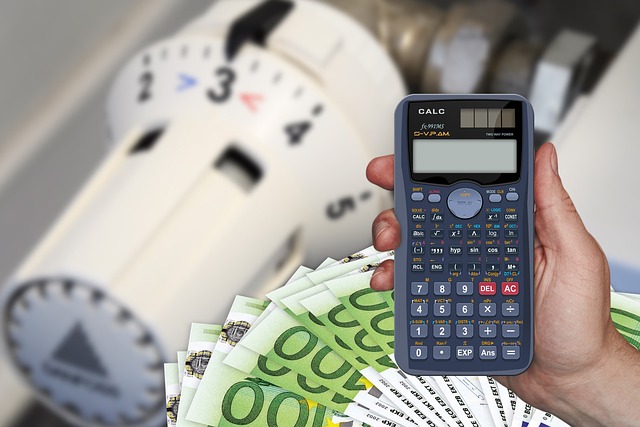Embracing the Evolution of Electric Mobility
From the moment you slip behind the wheel of an electric car, you become part of a revolution. Gone are the days of constant oil changes and mechanical tune-ups; instead, we’re witnessing a shift toward sustainable driving powered by cutting-edge charging technology. For many drivers, range anxiety still lingers—but understanding the role of charging technology in range can turn that worry into confidence.
Understanding Charging Technology
Charging technology isn’t just about plugging in your vehicle. It spans a spectrum of hardware and software innovations that determine how quickly and efficiently your battery replenishes. Fast chargers, wireless pads, and even solar-powered stations are all part of this ecosystem. Each advancement helps push the limits of today’s electric car range.
Levels of Charging
- Level 1 (Standard Home Outlet): 120V convenience charging for overnight fills.
- Level 2 (Public and Home Stations): 240V setups that cut charging times in half compared to Level 1.
- DC Fast Charging (Public): High-voltage systems capable of restoring 80% battery in under an hour.
Fast Charging vs. Standard Charging
The debate between fast and standard charging goes beyond speed. While DC fast chargers can boost your battery quickly, frequent use may increase battery temperature and slightly accelerate wear on the battery cells. Standard Level 2 stations, however, provide a gentler charge that can extend overall battery life when used for routine top-ups.
Innovations in Charging Hardware and Car Parts
Manufacturers are racing to develop new components that optimize energy transfer. Advanced thermal management systems keep battery temperatures in range, while smart charging algorithms adapt power delivery based on battery health and grid demand. In some electric car engines, regenerative braking systems have been refined to capture more kinetic energy, funneling it back into the battery for extra miles.
Key Car Parts Shaping Charging Performance
- Onboard Chargers: Convert AC power to DC while minimizing energy loss.
- Battery Management Systems (BMS): Monitor cell voltages and temperatures to balance charging.
- Cable and Connector Designs: Improve conductivity and durability for repeated fast-charge cycles.
Car Service & Maintenance Tips
Proper service routines extend both your car’s lifespan and its driving range. Regular inspections of charging cables, connectors, and onboard charger components can prevent issues before they arise. Tech-savvy service centers now offer software updates to refine charging curves and unlock additional efficiency gains.
- Inspect cables and plugs for fraying or damage.
- Keep battery coolant levels within manufacturer specs.
- Schedule firmware updates—many charging optimizations come via software.
Car News: The Latest in Charging Tech
Recent car news headlines tout prototypes of ultra-fast chargers capable of delivering 350 kW, which could push some electric cars past 300 miles on a 15-minute fill. Automakers are also partnering with energy providers to build nationwide charging networks, ensuring reliable access no matter where your journey takes you.
As electric vehicles continue their rise, the role of charging technology in range will only grow more critical. With each new innovation in car parts and charging infrastructure, drivers can look forward to extended journeys, fewer charging stops, and a more seamless electric driving experience.




